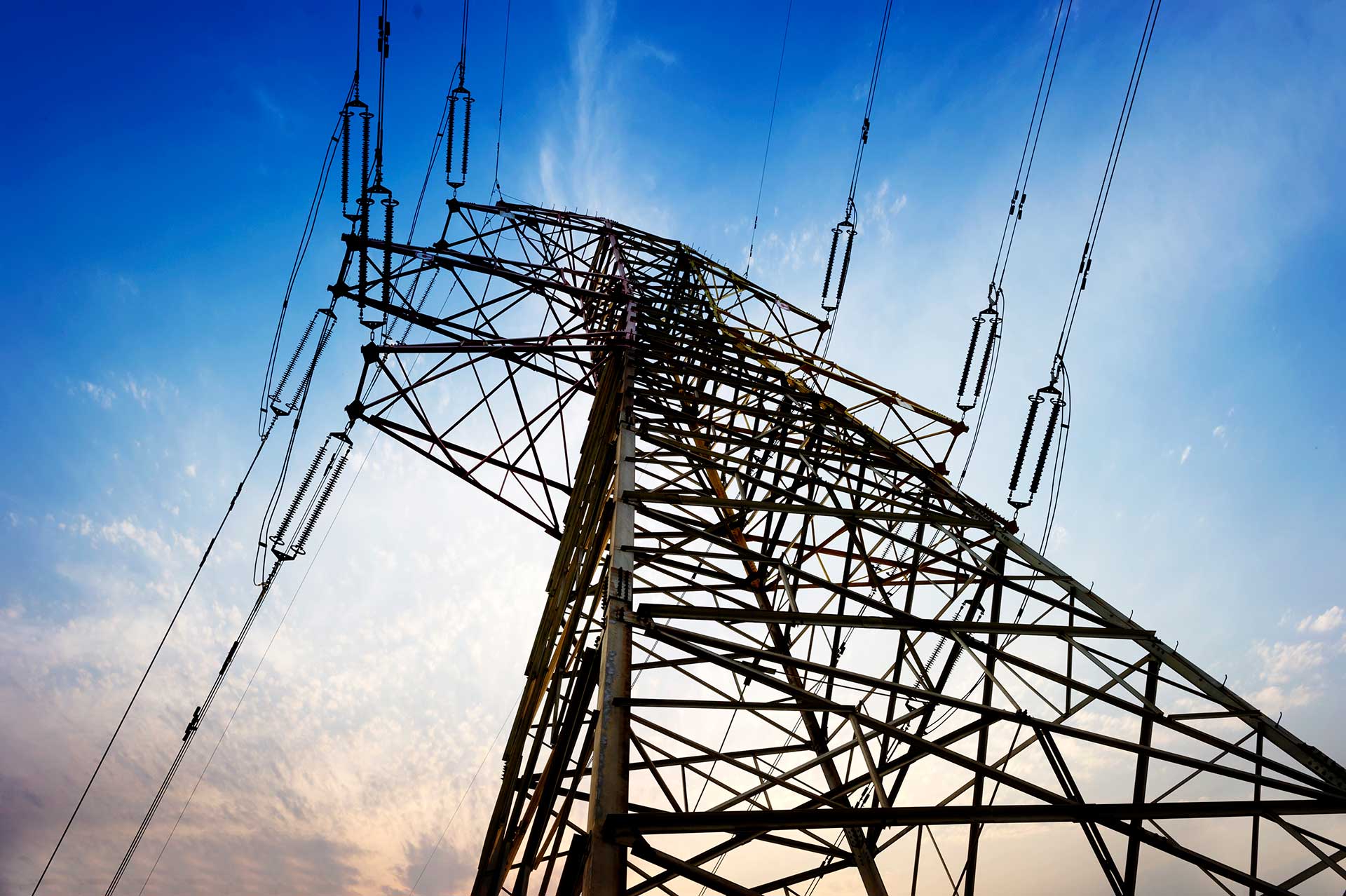
The term 'spark spread' is thought to have originated from a trading team at the former National Power Ltd in the UK. It was used to describe the theoretical gross margin of selling a unit of electricity at a higher price than the unit of gas used to produce the power.
One of the key methods to assess the cost benefit of Combined Heat and Power (CHP) in comparison to grid-supplied power and heat is through the spark spread.
In terms of gas engine electricity generation, such as CHP (also known as cogeneration), the spark spread represents the difference between the retail price of electricity and the wholesale cost of natural gas used to generate that energy. It is a good indicator of the economic viability of the project and the likely rate of return on investment.

A positive spark spread is one of the most important signals of the economic success of a CHP/cogeneration scheme. The higher the spark spread, the cheaper it will be to generate power from pipeline gas and the higher the overall financial returns of the project.
Within the UK and Ireland, the spark spread remains positive. Although gas prices have soared, so too have electricity prices due to their dependency on gas to produce power. Utility costs are expected to increase further this year and the provision of on-site generation through CHP will give businesses protection in managing their power costs, support energy resilience, and navigate their pathway to net zero.
When calculating the economic viability of CHP/cogeneration projects, a 'spark spread' of 3 usually indicates that the project will be financially viable. However, there are many other factors to consider when assessing the commercial returns of projects. For example, correct CHP gas engine sizing is critical to optimising system performance and improving efficiency.
The UK government’s most recent gas and electricity prices in the non-domestic sector statistics reveal that the spark spread in 2025 Q1 is currently 5.8. That makes each unit of power generated by a hydrogen-enabled gas engine 5.8 times cheaper than purchasing it at the retail price from the energy network.
Commercial fuel cost comparison (pence/kWh) in the UK
Data based on annual medium consumption bands for Gas (2,778 - 27,777MWh) and Electricity (2,000 - 19,999MWh).
Data Source - Department for Energy Security and Net Zero - Gas and Electricity prices in the non-domestic sector
In Ireland, the spark spread is currently 3.39 based on the latest commercial fuel cost comparison 2022 Q4 energy statistics data published by the Sustainable Energy Authority of Ireland (SEAI). On average, that makes each unit of power generated by a hydrogen enabled gas engine 3.39 times cheaper than purchasing it at the retail price from the energy network.
Average Commercial fuel cost comparison (Euro cent/kWh) in Ireland
Data based on annual average consumption bands for Gas and Electricity.
Data Source - SEAI Ireland's Energy Statistics - Prices
The attractive CHP spark spread and other cost saving benefits, such as Climate Change Levy (CCL) exemption contribute to exceptional project returns. For example, many organisations are benefiting from a return on investment within 2-5 years on an asset that has a 15-year lifespan.




Copyright © Edina. All Rights Reserved.